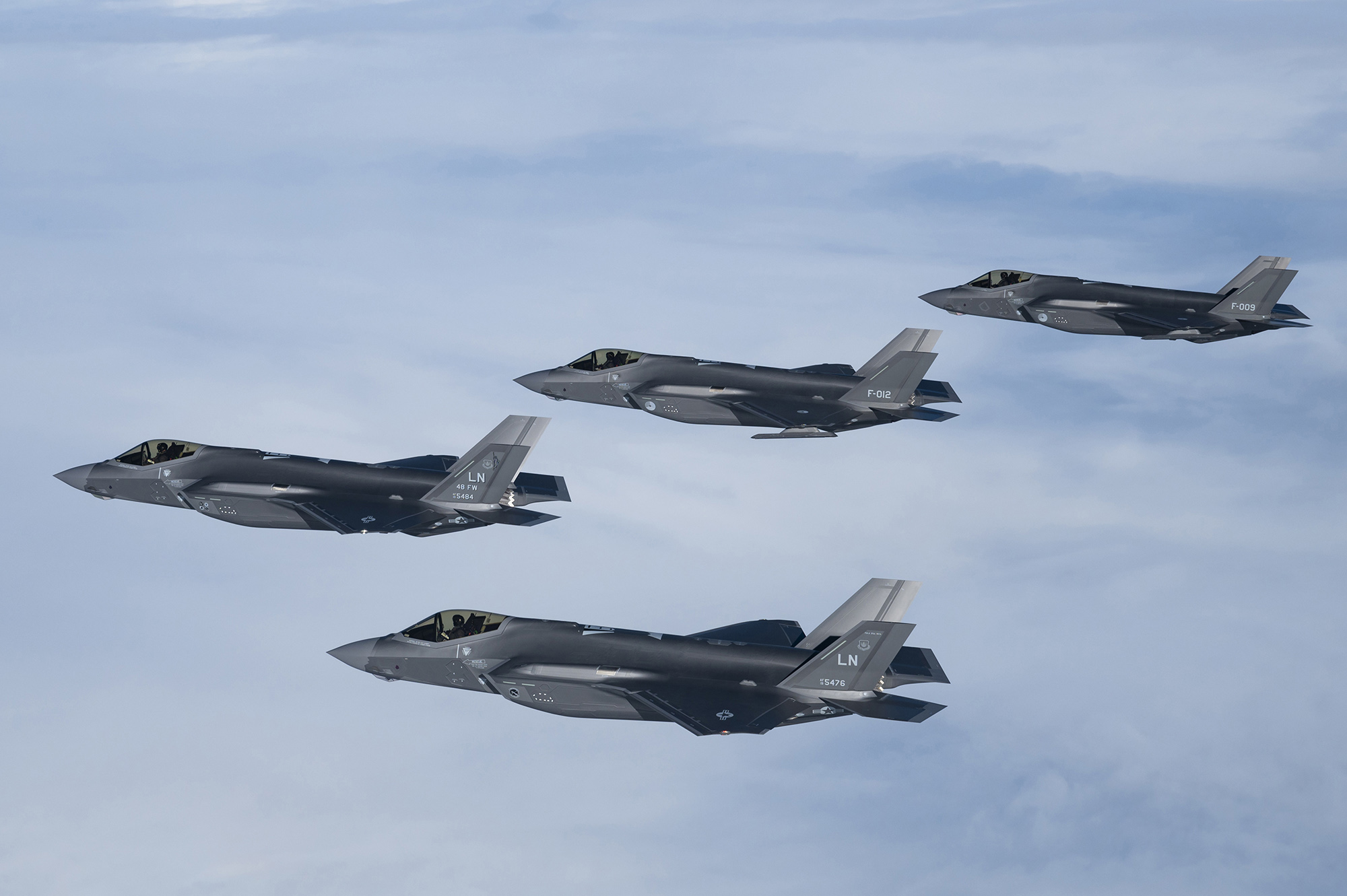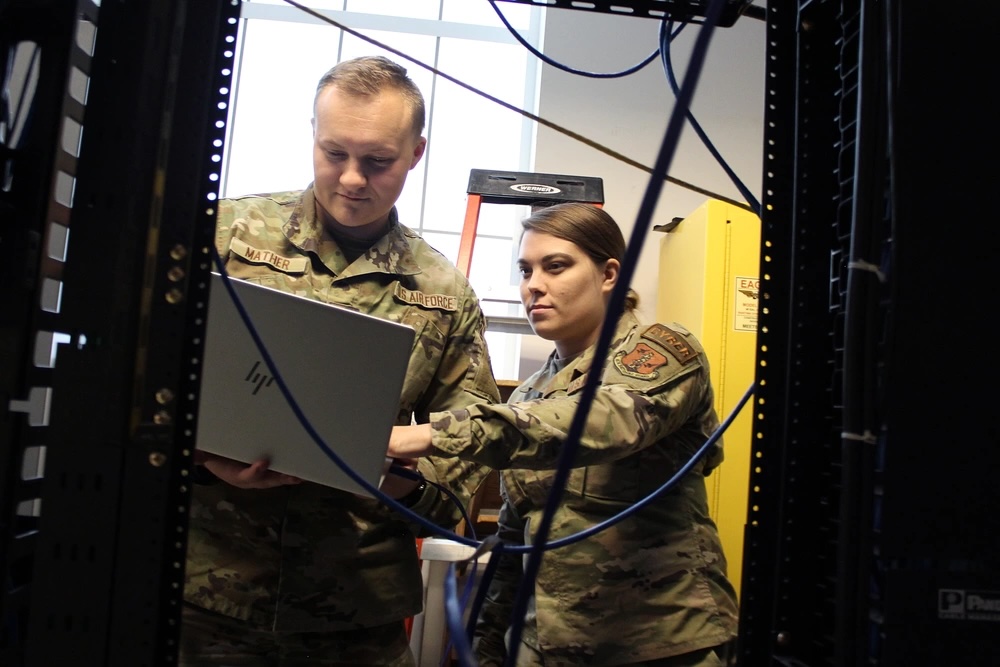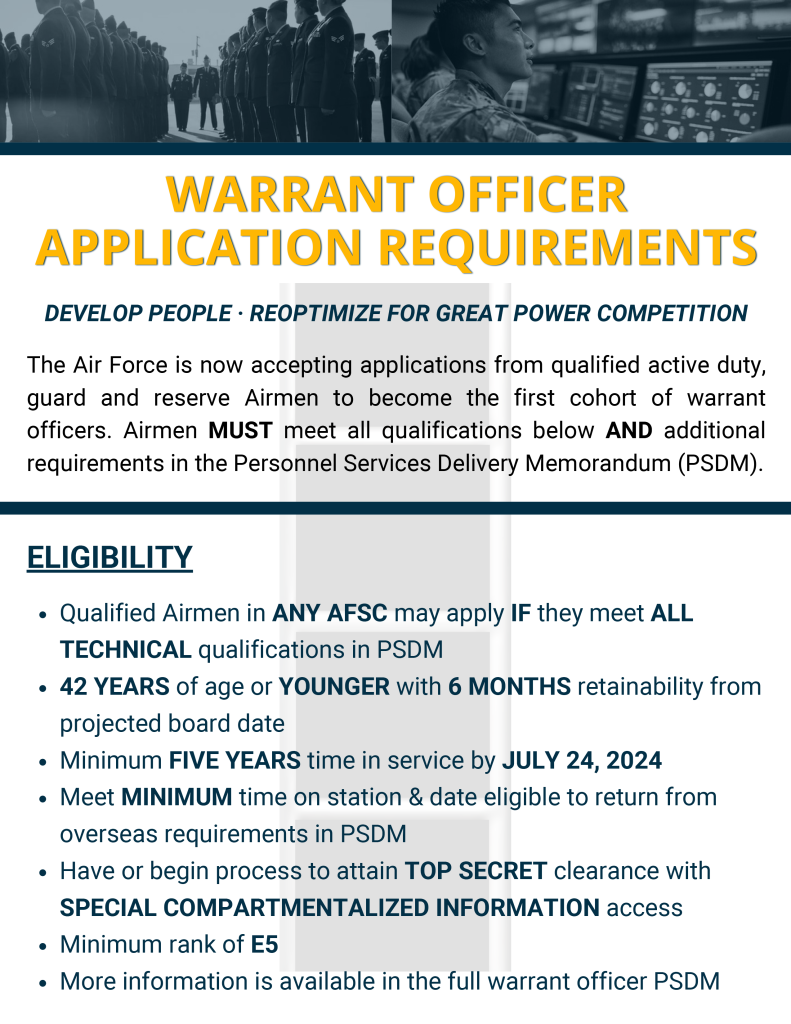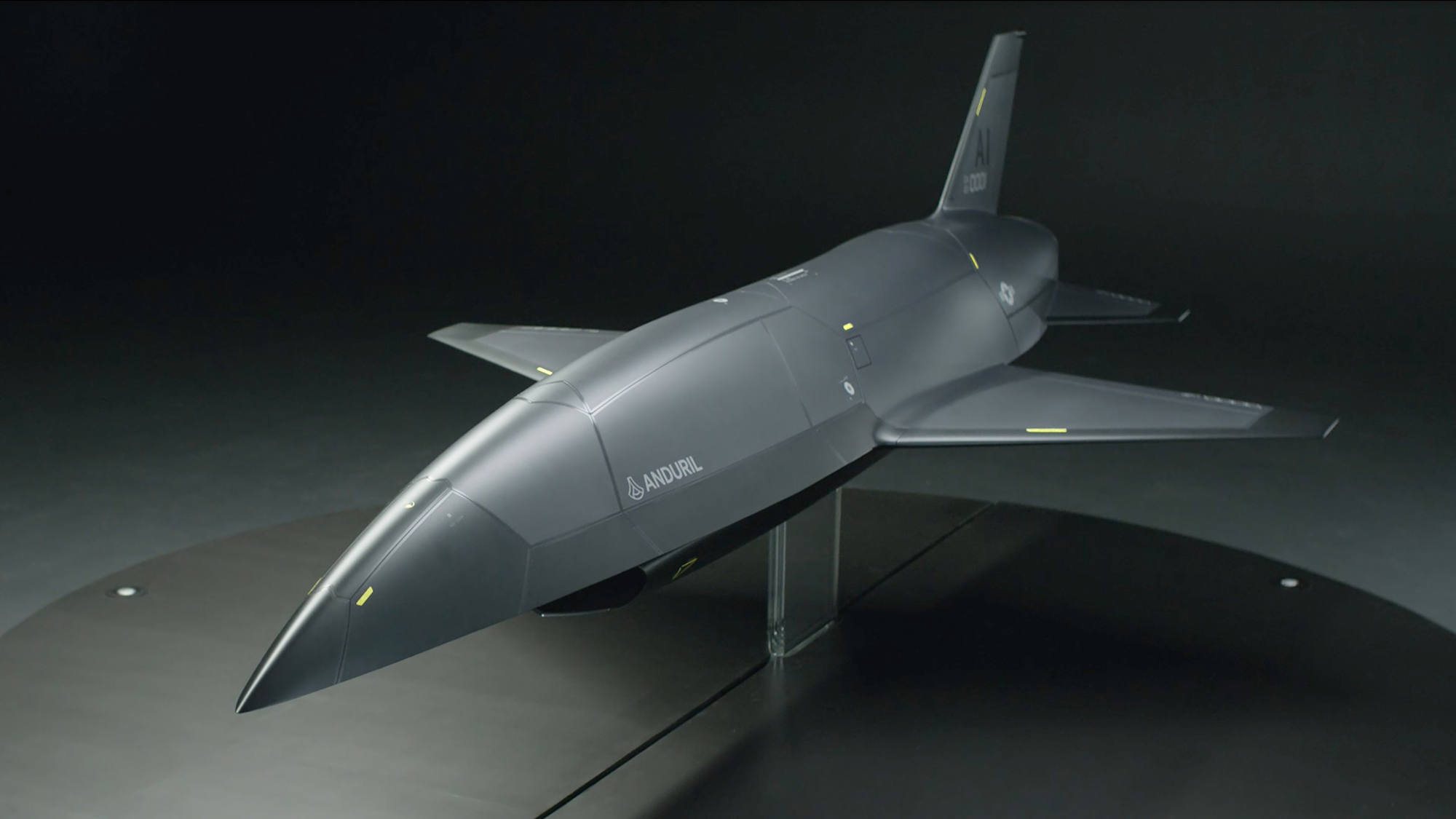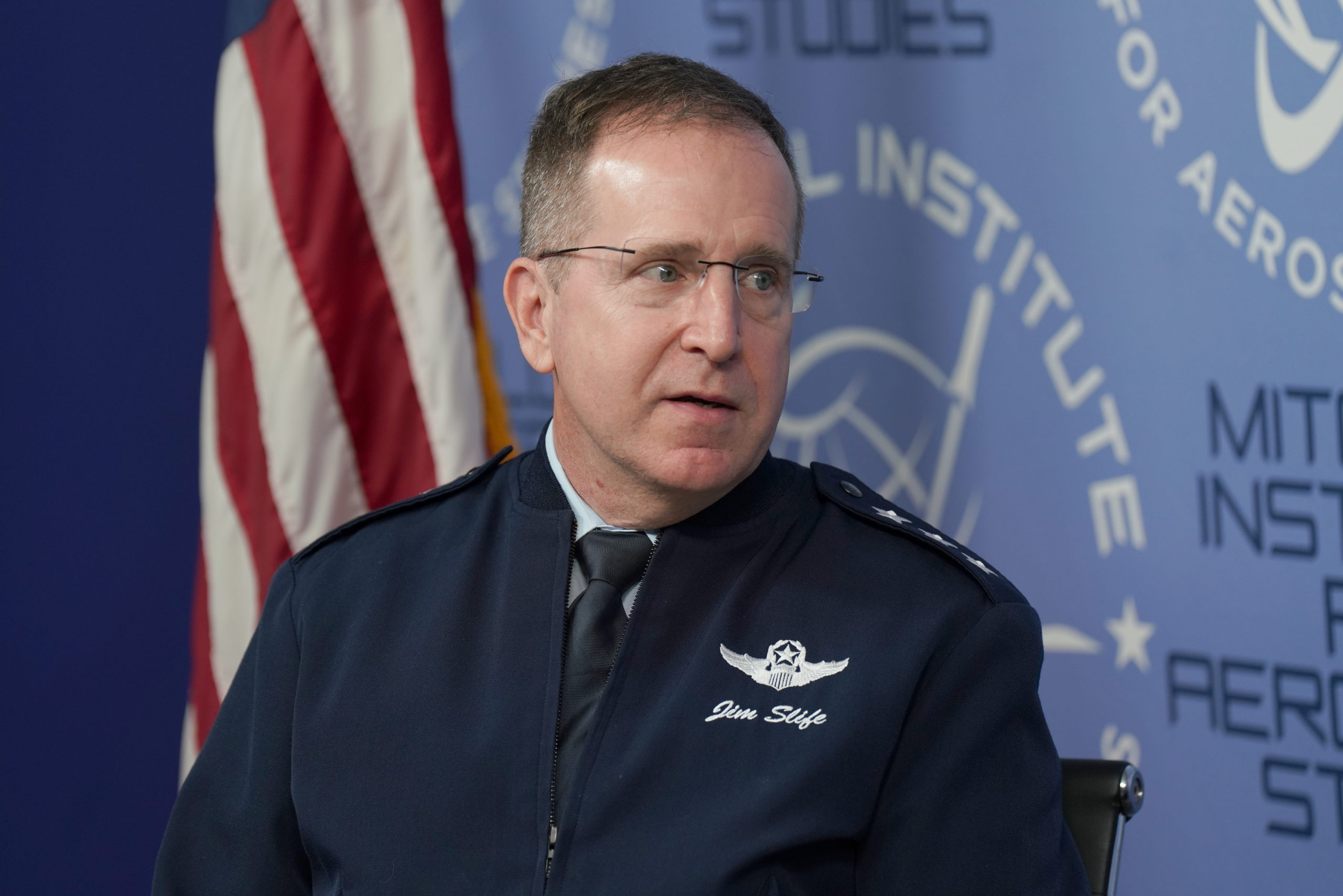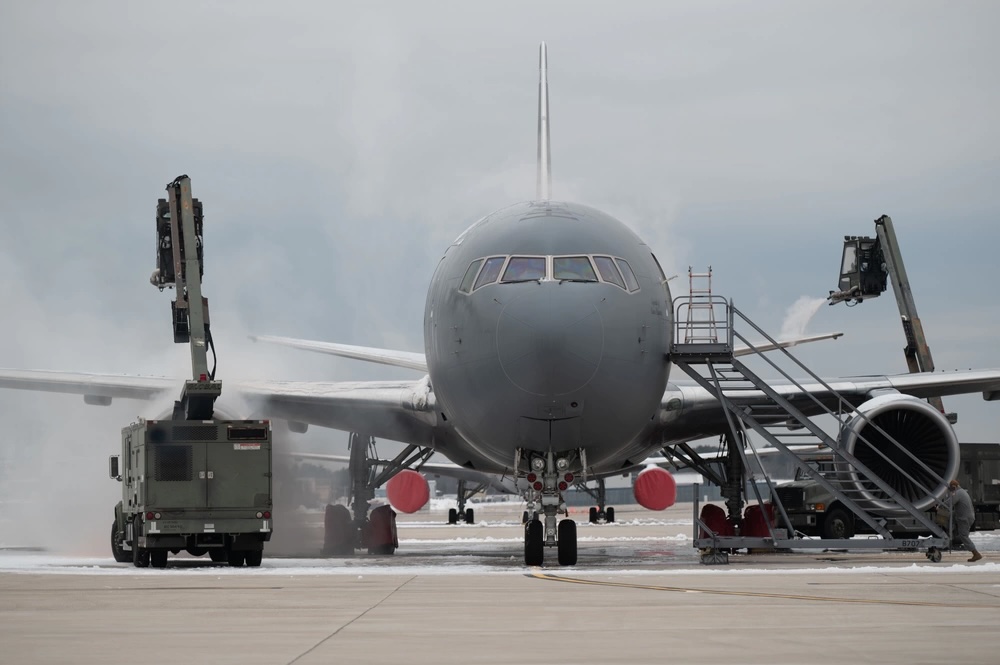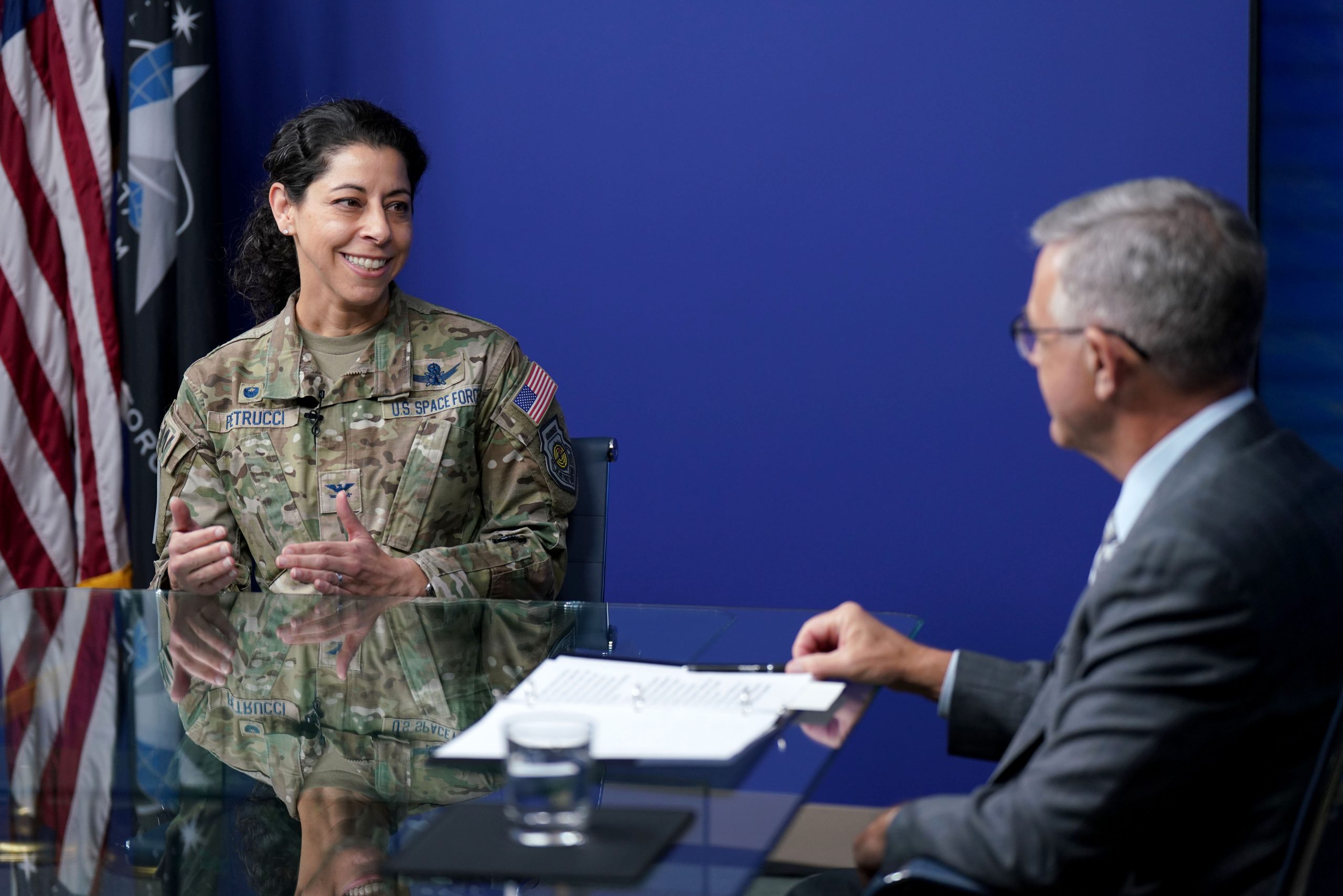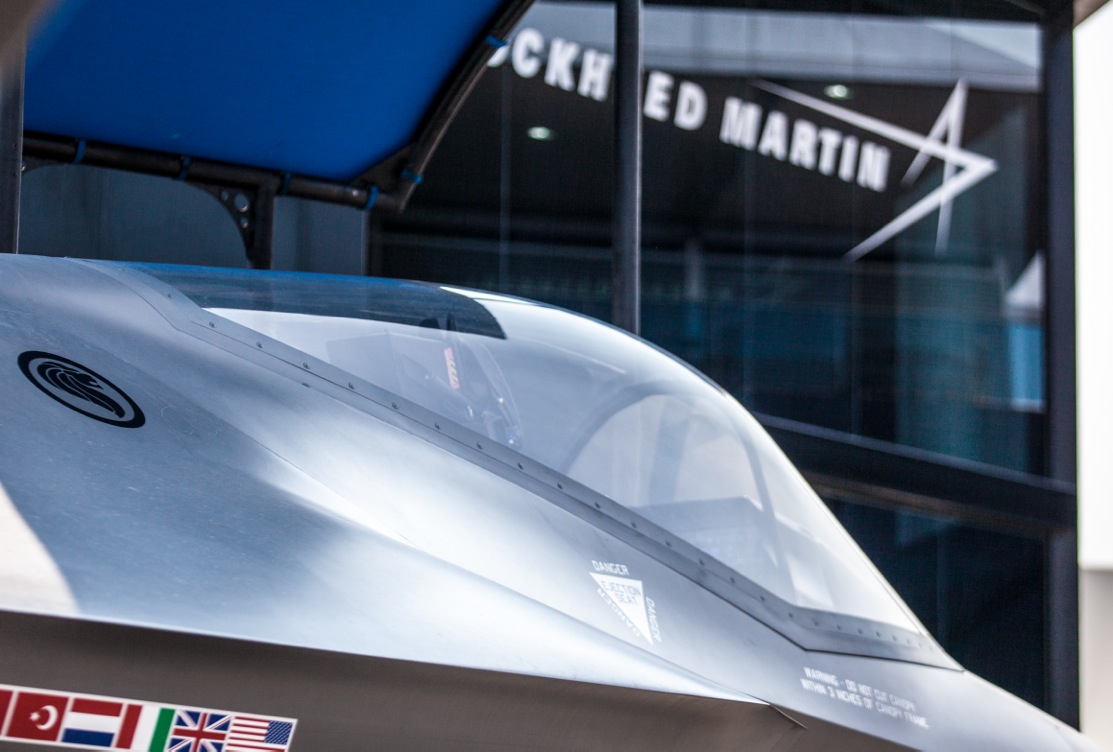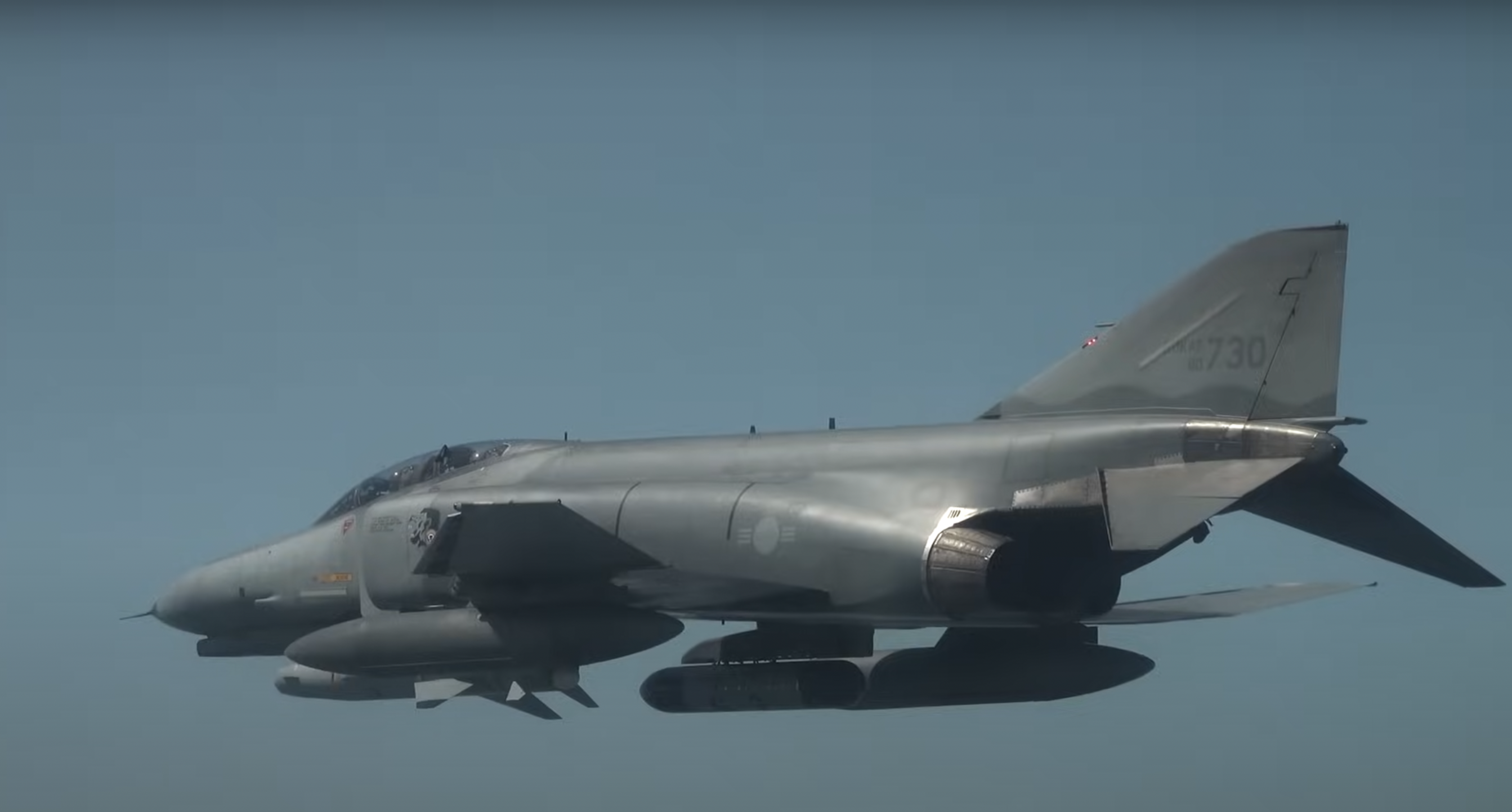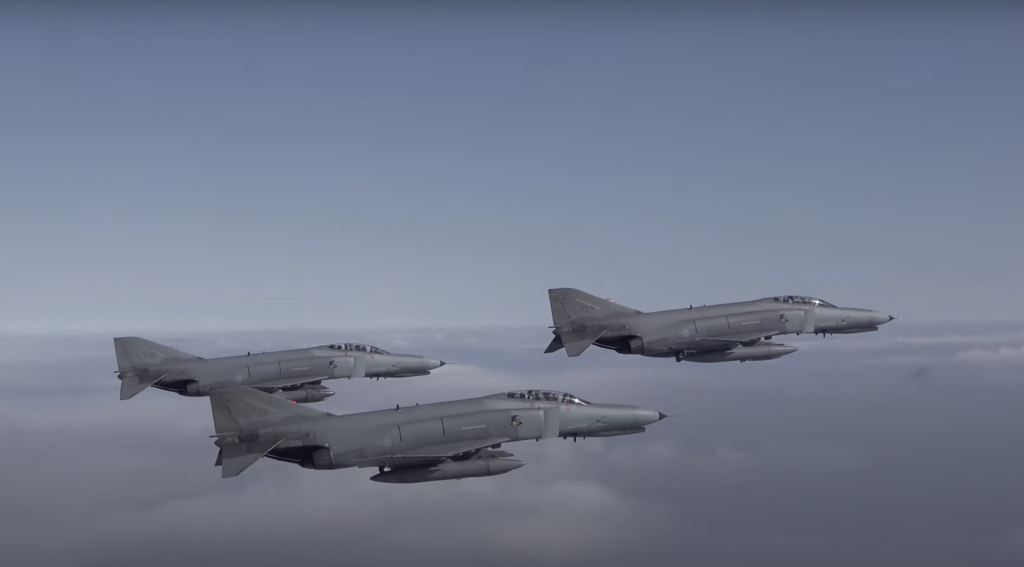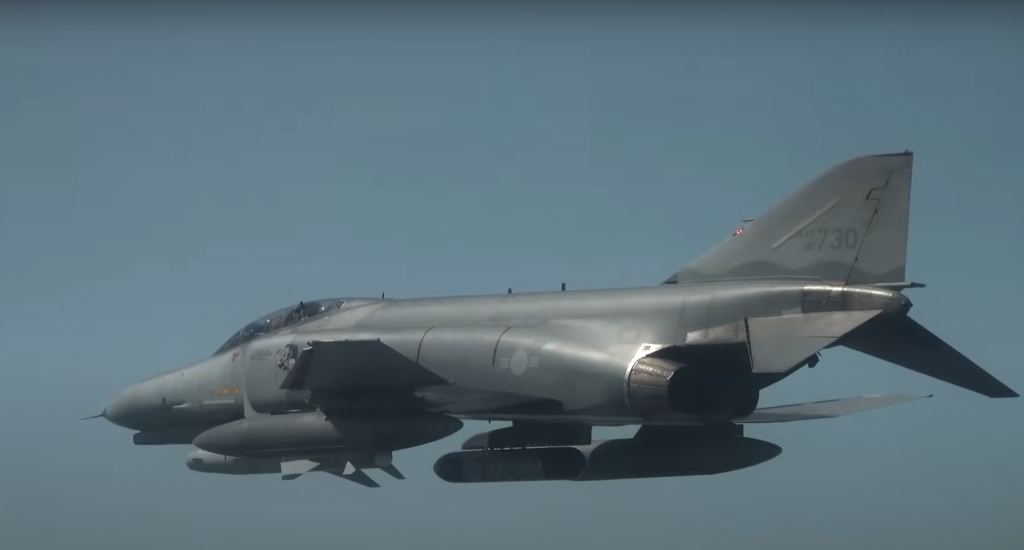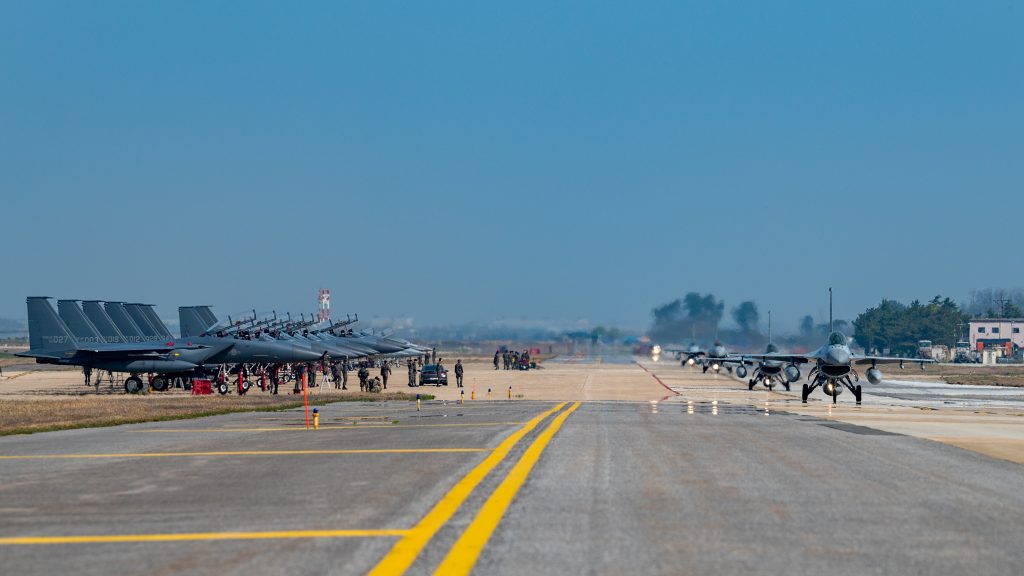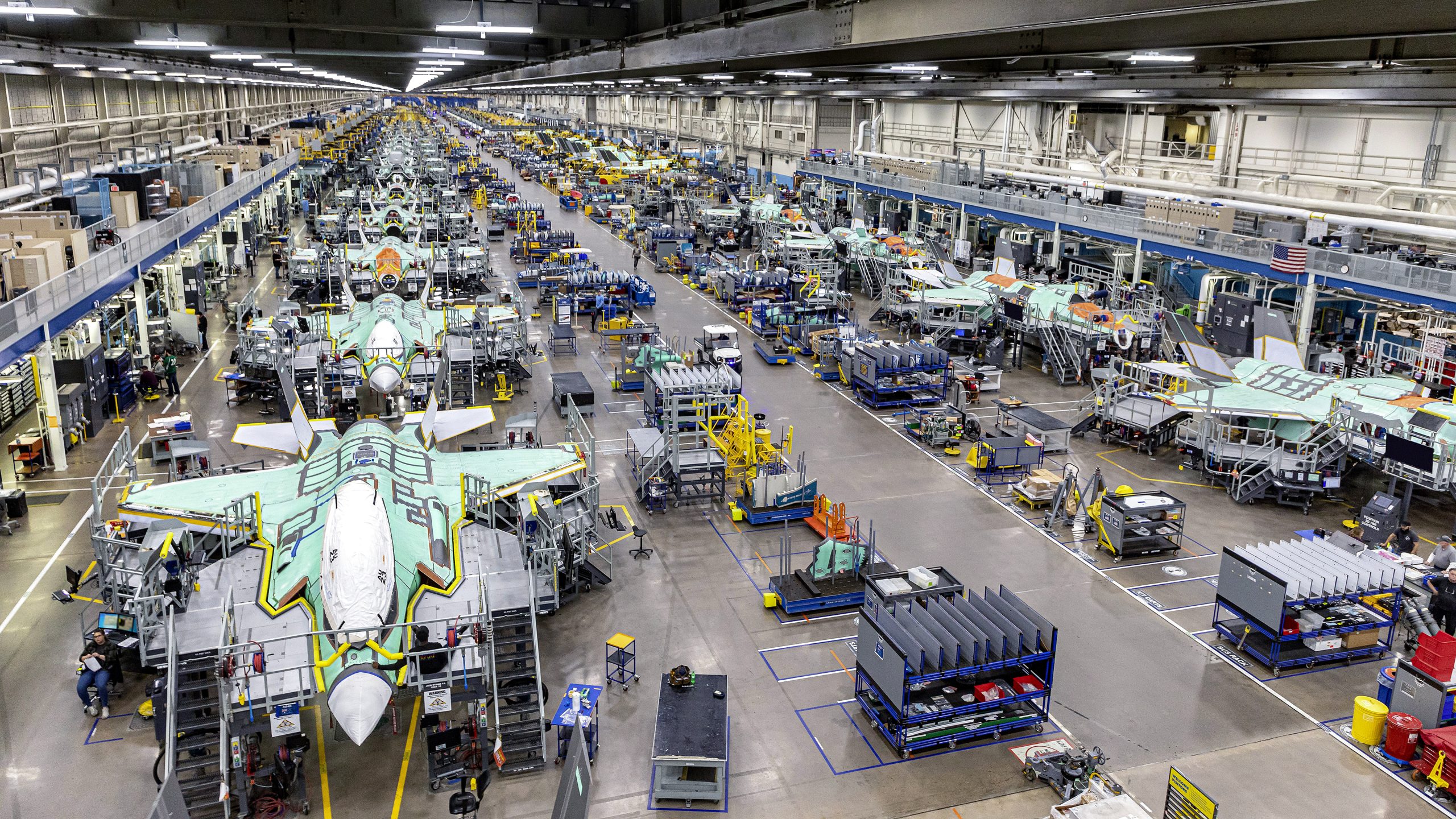NATO Allied Air Command is making moves now for its member nations’ air forces to be able to service each others’ fighters, fly them with each others’ weapons, and integrate more closely than they have in decades, a top official said April 24—ahead of an influx of F-35s and a coming wave of sixth-generation fighters.
Interoperability has long been a cornerstone of NATO. But Russia’s invasion of Ukraine has charged the effort with a new urgency unseen since the end of the Cold War, NATO Allied Air Command’s Deputy boss, RAF Air Marshal Johnny Stringer, said at an event hosted by the Mitchell Institute for Aerospace Studies.
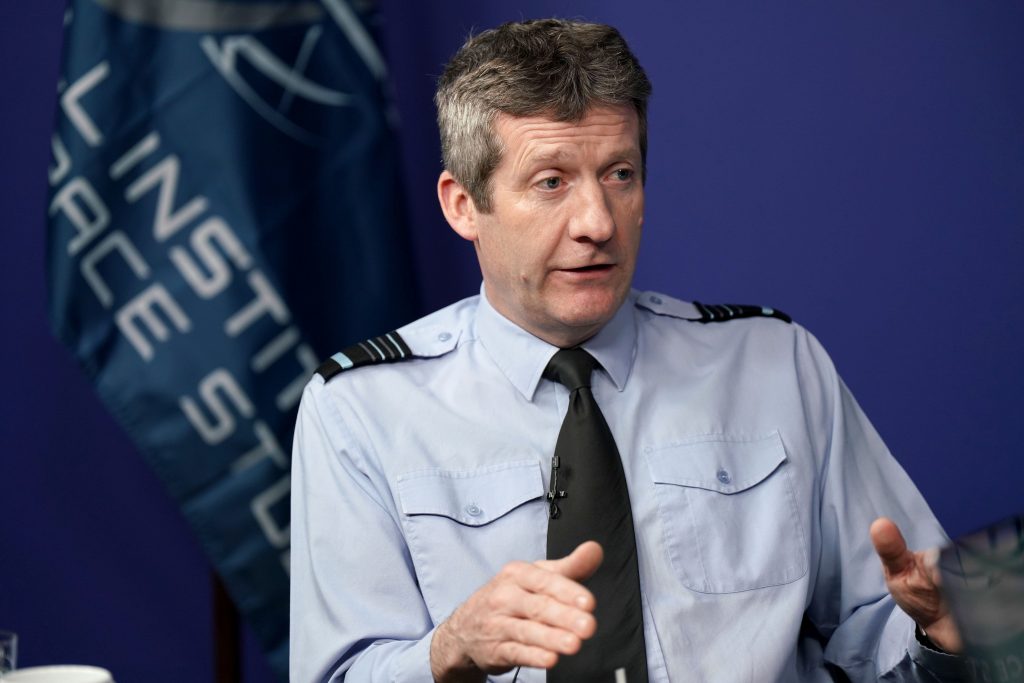
The F-35 is perhaps the most obvious example, with the U.S. and a dozen European NATO countries having either purchased the fifth-generation fighter or planning to do so.
- United Kingdom
- Belgium
- Netherlands
- Italy
- Denmark
- Norway
- Sweden
- Poland
- Germany (planned)
- Czech Republic (planned)
- Greece (planned)
- Romania (planned)
“If you look at the number of nations who are operating or are buying F-35, that’s over 700 fifth-gen platforms in the European theater in 10 years time,” Stringer said. “Of interest, only 50 or so of them will be U.S.”
Defense and industry officials have previously suggested more than 500 of those fighters could be in place by 2030. The ever-growing number of the same kind of aircraft is likely to ease interoperability, but Stringer noted that the F-35 alone won’t define NATO’s efforts.
“You’ve got a load of capable fourth-gen platforms out there as well. Integrating fifth- and fourth-gen, maximizing what both bring to the fight is really, really important as well,” he said.
On top of that are the various sixth-generation fighter programs different member nations are pursuing. The U.S. Air Force is working on its Next-Generation Air Dominance fighter; Italy, Japan, and the United Kingdom are collaborating on the Global Combat Air Programme; and France, Germany, and Spain are pursuing a Future Combat Air System program. Sweden is still exploring whether it might pursue a program of its own.
All the different efforts are the natural result of countries wanting to bolster their own technological and industrial bases, Stringer said. But with the “changed context” of Russia’s invasion, NATO and its members have to consider how to make sure these future fighters can work together.
“I think at some point, will there be coalescence in fighter programs? Well, there might be,” Stringer said. “ … I think one of the things which I would really strive for is, no matter what, make sure that the programs that are there are interoperable, interchangeable almost, with each other from the outset, and make sure that the weapons we are buying are applicable and employable across the force. This, by the way, poses some really interesting challenges, where proprietary software and the old school way of doing stuff makes weapons integration incredibly expensive. We have to break that paradigm.”
Beyond just buying similar aircraft and munitions, though, Stringer emphasized that NATO Allied Air Command wants to get members more comfortable working with each other’s equipment.
“One of the things NATO was really good at and then kind of fell away with that long shadow of 30 years was STANAGs, standardization agreements, that allowed you to go and put your Jaguar [fighter] into a base in Denmark where Danish technicians would turn the jet for you,” Stringer said. “And you’d then sign them off as being competent at aircraft cross-servicing. All understood, all documented. We’re reinvigorating that. There’s a lot of STANAGs still there, so let’s go back and test them and update them where necessary. Let’s make sure that our digital STANAGs are also fit.”
Cross-nation aircraft servicing in particular is an area where “we have just about every NATO air force signed up for this now,” Stringer added. “And we’re actually going, I think, quite nicely through the gears of getting nations signed off to go and service other people’s jets as we did before.”
Maintainers won’t be the only ones getting a taste. Stringer later said that NATO has conducted studies that point to the importance of training aircrews with weapons that might not even be in that nation’s inventory.
“That sense of training people and giving them the experience and the capability to employ more broadly is going to be really important,” he said.
Command and control, or ensuring different nations can come together to fight when needed, is also an emphasis.
“A lot of it is actually making sure that the digital structures you’ve got allow you to bring the different forces together,” Stringer said. “If I’m being really blunt, it’s an area actually where we know we need to be better than we are at the moment. But equally, there is a ton of technology now that we can get off-the-shelf and apply to this problem.”
